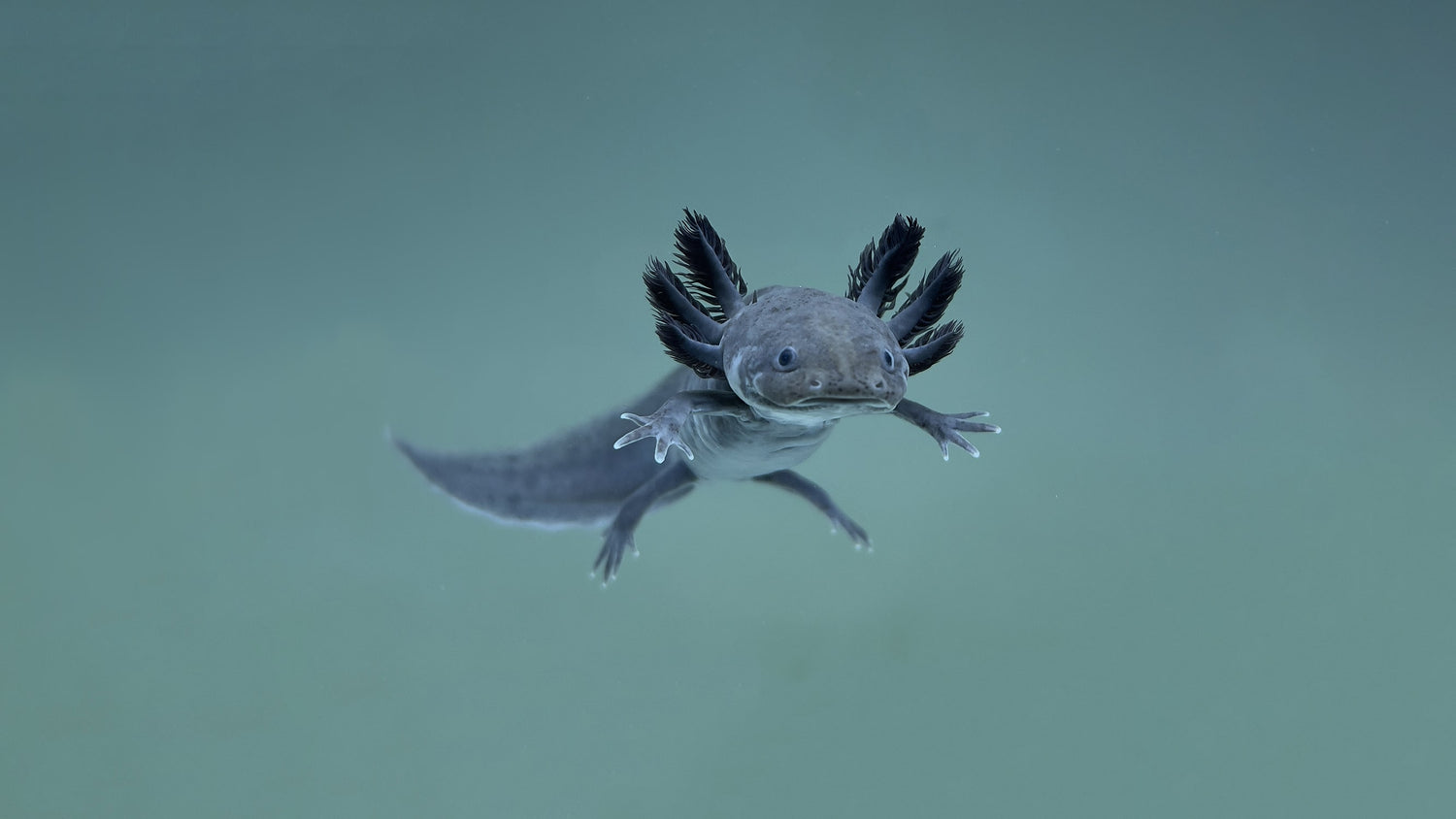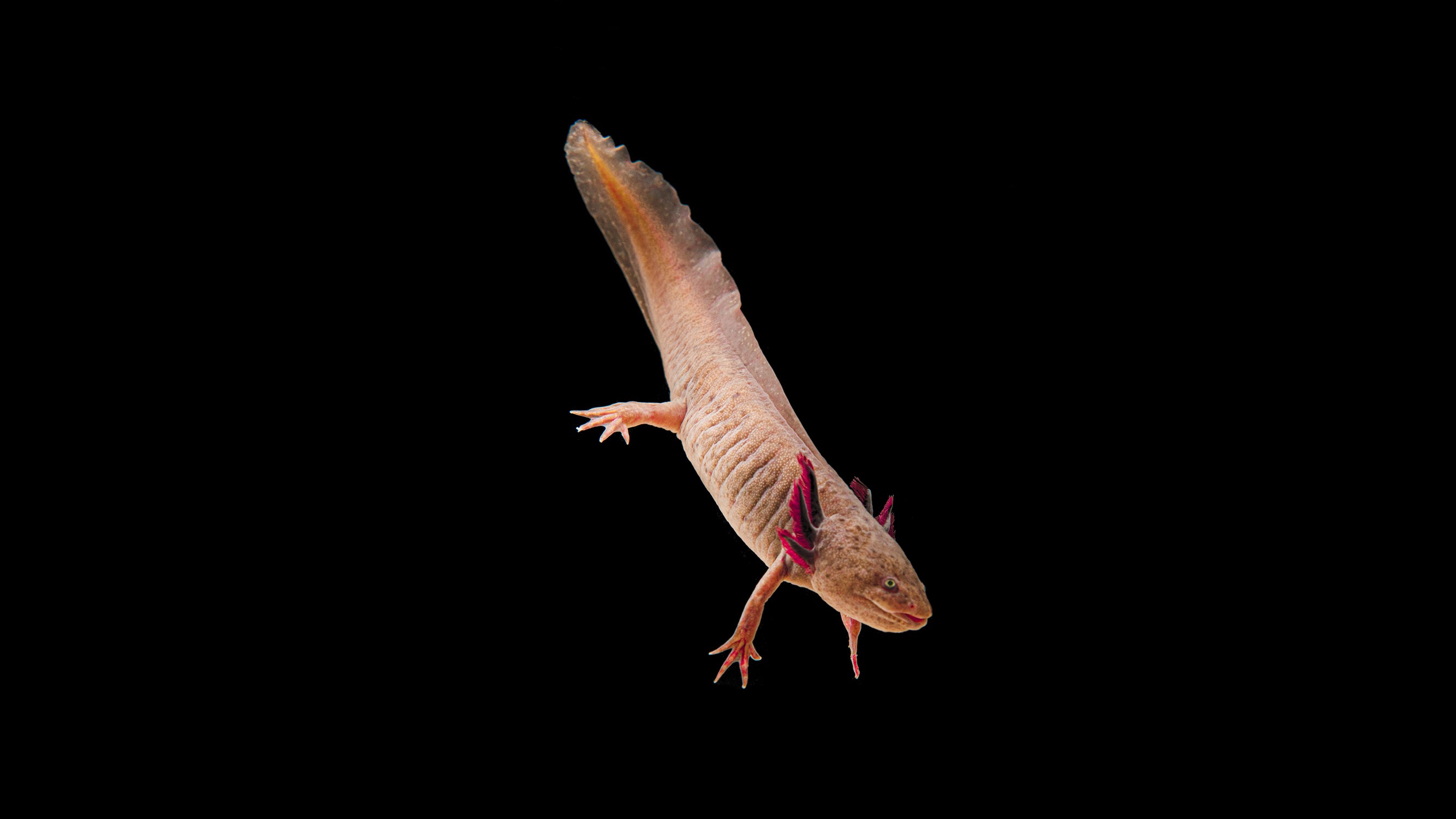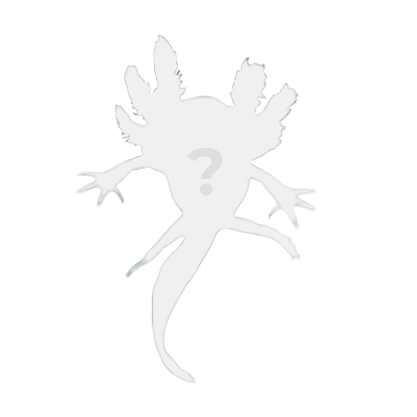At Axolotl Planet, we get lots of questions about the strange and fantastic creatures known as Axolotls. One question that we often get—usually from the parents of very enthusiastic children—is “So, what are these animals? Are they fish?”
It’s not an unfair question if you’re not informed! Axolotls and fish are aquatic—meaning they both spend all their time in the water, have gills, and lay eggs. While that’s all an average person might need to decide that an axolotl is just a fish with feet, it is not the case. In fact, searching for ‘fish with legs’ on the internet turns up multiple photos of axolotls, just in the first dozen images! We understand this can be misleading, and it can be frustrating to find accurate information, given how much is available (and how unreliable some information can be).
We’re happy to help, when it comes to all things axolotl! The truth is that axolotls are not fish. For more information, read on!
What Are Axolotls?
Axolotls are a species of salamander. They belong to the kingdom Animalia, the phylum Chordata, and the class Amphibia. They are paedomorphic/neotenic, which means that they do not metamorphosize when they reach adulthood (unlike an ordinary salamander), and are fully aquatic.
Axolotls are capable of breathing air, but they spend their whole lives in the water. Did you know, an axolotl has four ways to breathe! They have lungs, like we do, as well as gills like a fish (though, on an axolotl, the gills are much fancier—those feather-like appendages that branch out from either side of an axolotl’s head are actually its gills!). Axolotls can also breathe directly through their skin. The fourth way that axolotls breathe is known as ‘buccal pumping,’ which is a method of gulping air through the mouth that is fairly common in amphibians.
Are Axolotls Fish?
Axolotls are not fish. To illustrate their differences, we’ll take a look at a goldfish. Goldfish also belong to the kingdom Animalia and the phylum Chordata, but they are part of the scientific class called Actinopterygii. They have no hind legs, have fins instead of forelegs, and cannot breathe air, instead relying on their gills to filter oxygen out of the water (The lungfish is a unique species of fish that has a limited ability to breathe air. Most fish cannot do this!).
Amphibians and fish have been confused for one another on many occasions, but they have a few fundamental differences. Fish, for example, have scales, lack proper limbs, and are almost always wholly aquatic. Amphibians, on the other hand, have soft, slimy skin without scales, forelegs and (usually) hind legs, and are capable of moving on land. Even axolotls, despite spending their whole lives in the water, are technically capable of moving on land (please don’t take them on a walk, though!).
Axolotls are fascinating, sometimes confusing creatures, and it’s understandable to have questions about their biology! Hopefully you now know a little more about them. For more information, read our other articles, or come to the Axolotl Planet Store in Dallas, TX and see for yourself!





Leave a comment
This site is protected by reCAPTCHA and the Google Privacy Policy and Terms of Service apply.